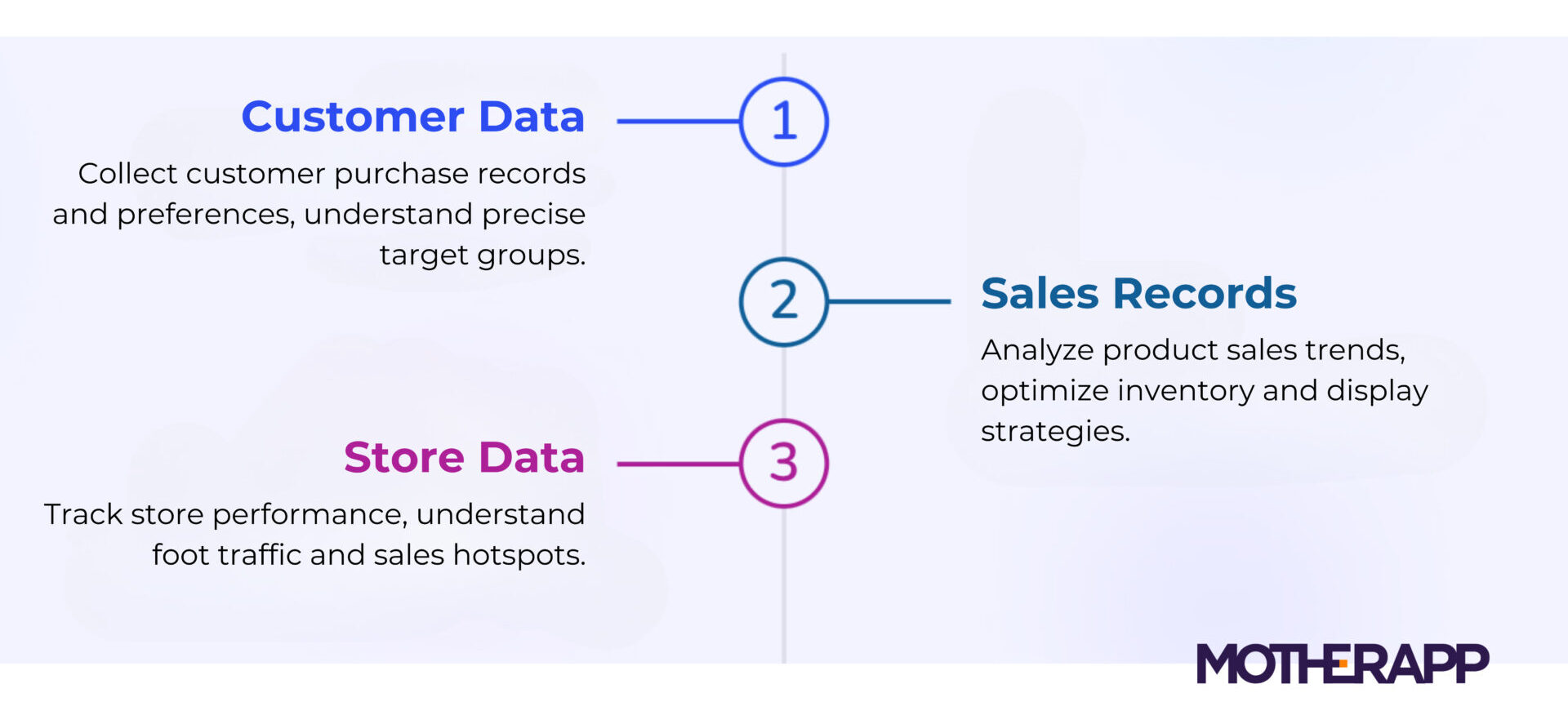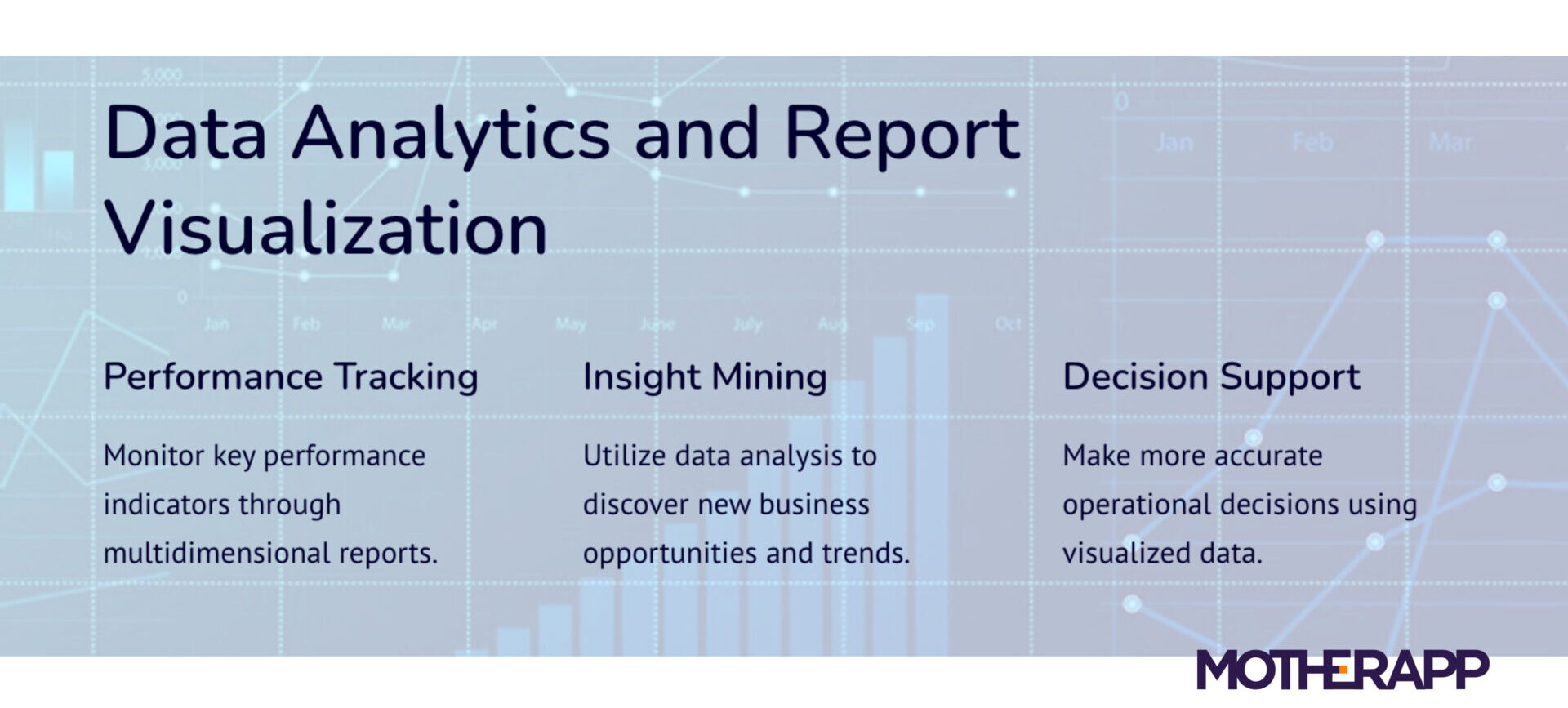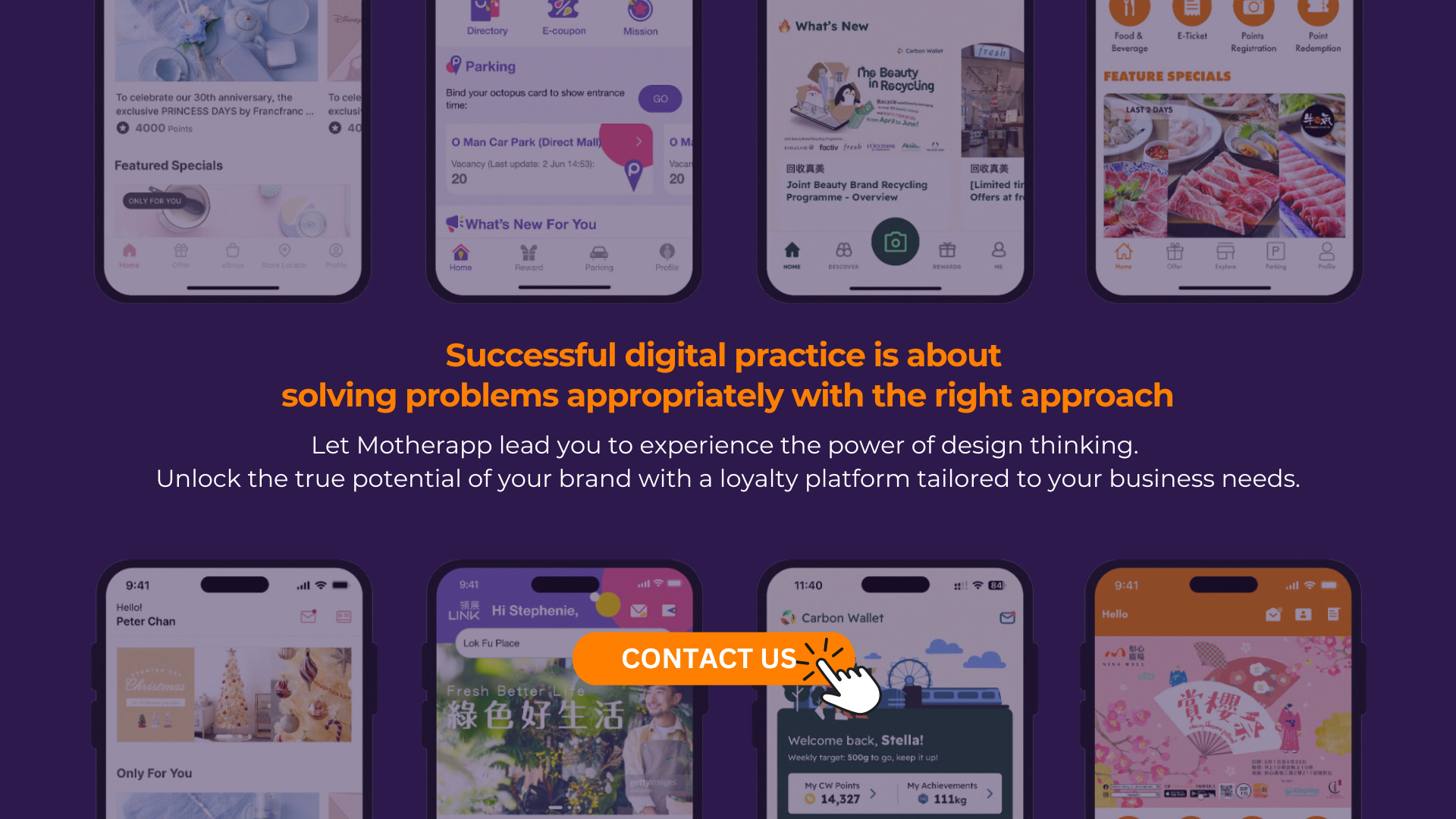Three Pillars of Building a Foundation in Retail
Many of us may dream of creating our own brand, opening a storefront, starting operations, and becoming profitable. To establish a solid foundation in the retail industry, it is essential to master the three pillars — three core systems: operational management, data collection, and customer interaction.
This article will guide you through the three essential operating system types; dissect the hidden traps that retail brands may encounter in the midterm of opening and provide solutions. Starting a business is a major life event. By getting a head start on having the right information, gathering the necessary procedures and acquiring the tools… Avoid pitfalls and open your store in one go successfully.
The Key Three Pillars for Starting a Retail Business
During the HKPC’s Retail Solution Day in the Digital Transformation Support Pilot Programme, we sought the insights of various local SME owners. They were asked to select the three most important operational tools for opening a store, and they voted for CRM, ERP, and POS systems as the most vital. It is evident that SME owners place great importance on achieving seamless sales and precise data collection.
However, when opening a store and doing business, you wouldn’t want to end the lifecycle with a new customer after just one sale; naturally, the more repeat purchases, the better. Thus, the true challenge lies not only in setting up an efficient system for sales and data collection, but more critically, in leveraging this data to continually enhance business operations and customer satisfaction.
First Pillar: Systems for Operational Tasks
Such as POS, eShop, storefront management, and warehouse management systems. They enable real-time tracking of sales data, which assists in adjusting inventory levels and shaping purchasing strategies. Meanwhile, integrating storefront information boosts operational efficiency.
Second Pillar: Systems for Data Collection
Whether it’s CRM, membership systems, POS, or the backend of your eShop, all are key to gaining customer insights. The former two can collect purchasing history and preferences based on customer profiles, while the latter two review sales performance based on orders. This provides businesses with accurate market and customer profiles, thereby aiding in the optimization of products and services.

Third Pillar: Tools for Marketing, Customer Engagement & Interaction
Including membership systems, social platforms like Facebook/Instagram (IG), and advertising platforms, use the data collected from the aforementioned two treasures for targeted interaction and promotion. Design more precise and effective marketing strategies, provide high-quality content and services, establish brand image, and achieve maximum promotional benefits.
Potential hidden pitfalls you may encounter in the midterm of opening a business
Once you become proficient with the three pillars operation systems and sales begin to stabilize — or even start to turn a profit—many SMEs discover a bottleneck — operational data is scattered across multiple different functional systems with inconsistent data formats, making it impossible to analyze and utilize all at once.
These factors greatly hinder the store owners’ ability to fully utilize existing data, potentially missing out on numerous business opportunities. Here are a few examples…
Inability to Effectively Integrate Data Across Systems
An uptick in sales observed through the POS system may fail to highlight that this growth is primarily from frequent repurchase customers as tracked in the CRM system, rather than a general increase in overall sales. This situation could lead to missed opportunities to encourage cross-buying among those loyal customers.
Isolated Customer Interactions
Inconsistencies between customer profiles in online eShops and offline POS systems make it difficult to link and maintain continuous customer records, hindering unified tracking and the effective implementation of cross-platform loyalty reward events.
Process Bottlenecks and Manual Operations
When customer data is scattered across different systems, integration of data is unachievable, complicating the design and execution of tailored marketing messages. This complexity and inefficiency in promotional activities diminish the effectiveness of promotions.

Therefore, as businesses move beyond the startup phase and stabilize into maturity, many brands begin to seek solutions that can integrate operational system data in a one-stop platform. These platforms not only consolidate data from various sources but also allow direct manipulation within the data analysis interface, facilitating real-time interactions with customers.
Connecting Dispersed Nodes with One-Stop Integrated Operation Solutions
To overcome these challenges and foster continuous business growth. It is essential to connect the dispersed nodes between online and offline environments, as well as various operational systems within the three pillars. Look for integrated operational system solutions with the following three key features to address your pain points:
Feature 1: Centralized Data Management
The solution addresses the issue of data dispersion by integrating information from various sources (such as online eShops, offline POS, membership system files, CRM systems, etc.) into a central database. The database contains complete data in a unified format, simplifying the access and analysis process, and also reducing issues of data duplication and inconsistency.
Feature 2: Data Analysis and Report Visualization
Data functions automatically analyze the central database to generate performance, market, and customer insight reports. This not only speeds up the decision-making process but also provides more accurate market trend forecasts, boosting operational responsiveness and efficiency. Advanced analytical tools and easy-to-understand data visualization features can help businesses quickly spot trends and solve problems.

Feature 3: Highly Personalized Customer Interaction
Centralized management ensures that all customer information is consistently updated, whether it comes from online or offline sources. This helps to create comprehensive member profiles for each customer: seamless tracking of purchase history; precise identification of customer preferences and needs; and consistent execution of personalized services and experiences across platforms. This further enhances the customer experience, strengthens customer loyalty, and fosters opportunities for cross-selling and repeat sales.
This capacity for integration enables data-driven decisions to be made more swiftly and accurately, thus improving operational efficiency and the speed of response to market changes. This not only fosters growth in business performance but also offers customers a more personalized shopping experience, further solidifying the bond between customers and the brand.
Seamless O2O Customer Journeys: CRM & Loyalty Platform
To learn more about our powerful O2O-centric CRM & Loyalty Platform, visit our page and discover the advantages of seamless O2O customer journeys and real-time interaction capabilities!
Contact us now for more professional advice and one-on-one consultation.
Keep up with us – follow us on social media!

